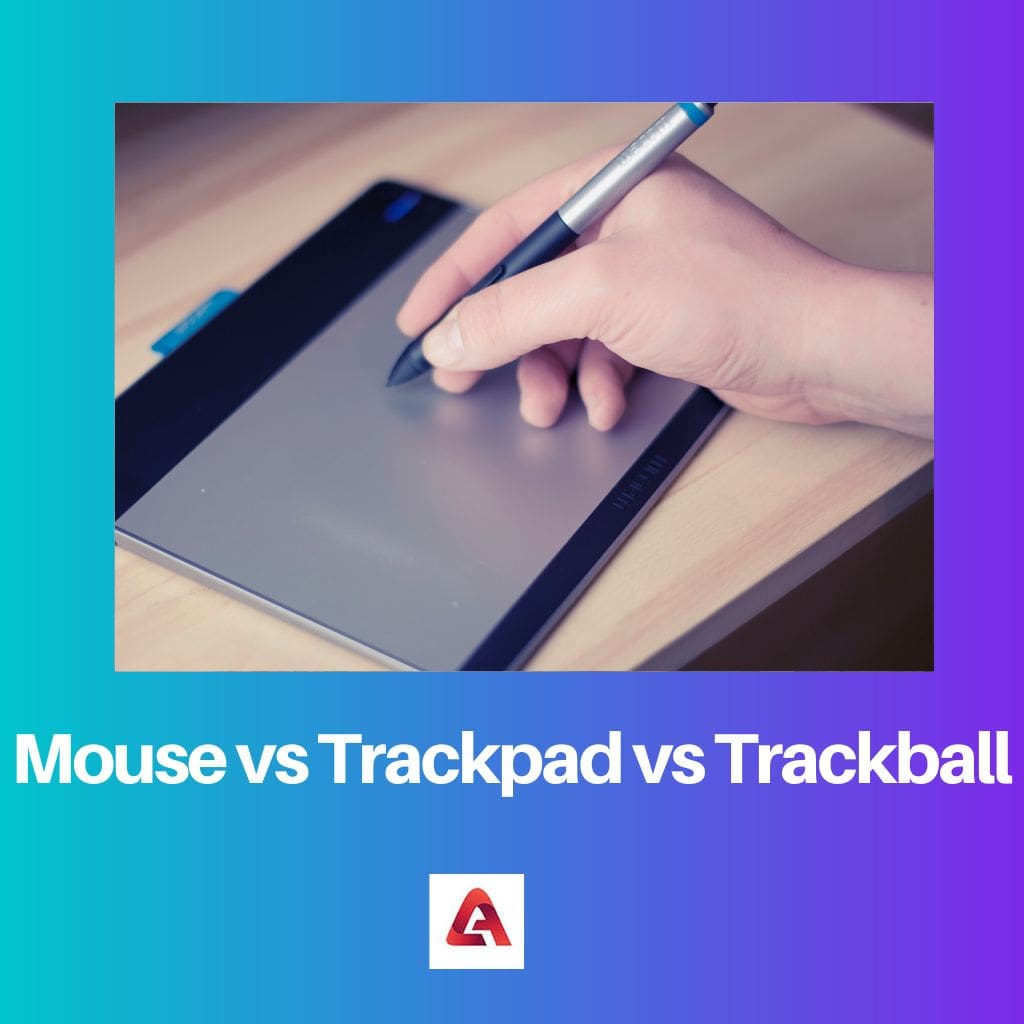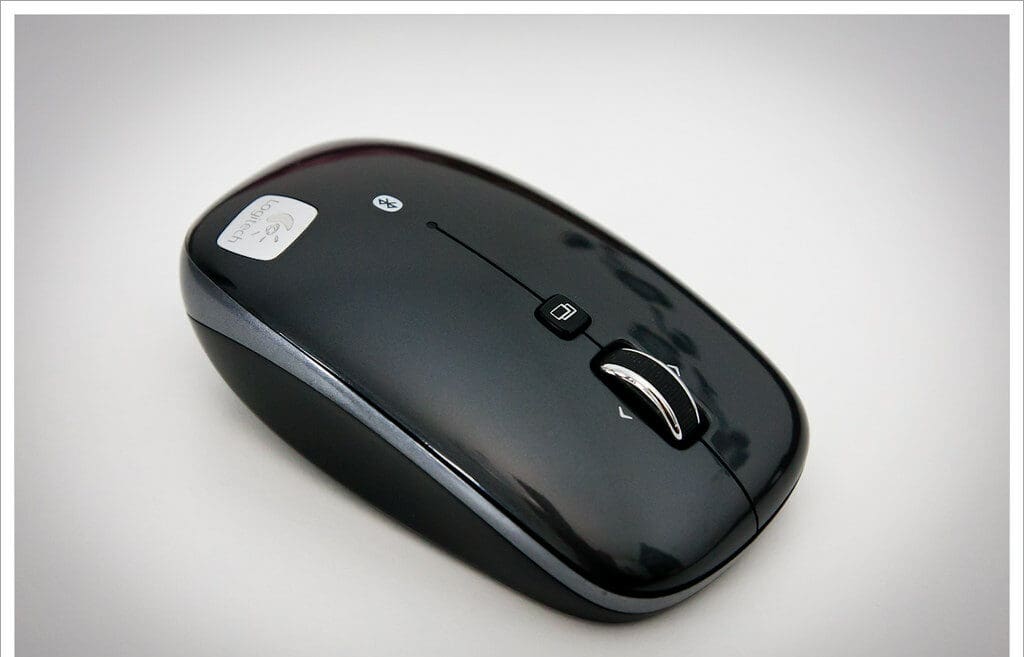While using a computer, you navigate through the cursor on the screen, and to move that cursor you need a particular device. We have three ways to move the cursor, the mouse, the trackpad, and the trackball.
Key Takeaways
- Mice are handheld input devices that control on-screen pointers, trackpads are touch-sensitive surfaces built into laptops, and trackballs have a rotatable ball for navigation.
- Mice offer better precision and ergonomics, while trackpads enable multi-touch gestures for enhanced functionality.
- Trackballs minimize wrist movement, reducing strain and discomfort during extended use.
Mouse vs Trackpad vs Trackball
Mouse is a peripheral device that features a physical sensor that moves in response to the user’s movements. A trackpad, or touchpad, is a flat surface found on laptops that detects finger movements to move the cursor on the screen. A trackball sits stationary and uses a ball to move the cursor.

The mouse is a device you have to physically move, and the cursor will follow in the direction you’re moving it. It has a right and left button, which you use with your fingers for various uses on your computer.
The trackpad, also known as the touchpad, is similar to the mouse and has a right and left button, however, to move the cursor you have to swipe on it. The direction in which you swipe is the direction in which the cursor will go.
Many laptop keyboards and earlier models of computer mice use trackballs as the cursor control mechanism. The device looks like an upside-down mouse with a ball inside it and consists of a ball held by a socket with sensors to detect rotation about two axes.
Comparison Table
| Parameters of Comparison | Mouse | Trackpad | Trackball |
|---|---|---|---|
| Buttons | 3+ | 2 | 2-3 |
| Scrolling | Wheel | Swipe up and down | Scroll ball |
| Type of device | A separate device that you connect to your PC | Pad next to or under the keyboard | Computer cursor control device |
| Accuracy | Freedom to move the curser however you want | Limited to the size of your trackpad | Is not accurate but more precise |
| Efficiency | Easy to use and adapt to, very fast | Easy to use and adapt to but slow | Easy to use |
What is Mouse?
The mouse, which connects to the computer but is a distinct piece of equipment, is used to move the cursor. It has undergone numerous alterations over the years and comes in various sizes and shapes.
The mouse has a laser that detects the direction and speed of your movements so it can transmit that information to the computer and cause the pointer to move in the same manner.
The ability to move the mouse and click simultaneously at very fast speeds makes it the by far most effective method of computer navigation.

What is Trackpad?
The trackpad was invented to eliminate the need to carry a mouse around with your laptop. The trackpad is integrated with the keyboard, making it a component of the computer rather than a separate device, however, this compromises accuracy, speed, and efficiency.
Students and office professionals frequently move around and need access to their laptops wherever they are the main users of the trackpad. It makes transporting your laptop simpler and is excellent for light work.
This makes the trackpad a very practical gadget, and since its creation, no laptop has been sold without one.

What is Trackball?
A trackball is an input device that has sensors to detect the rotation of the protruding ball in a socket.
One or two trackball buttons function similarly to mouse click buttons.
A trackball is immobile and doesn’t take up much space, in contrast to other input devices that need movement, such as the mouse. In comparison to other input devices, it also has the excellent advantage of working on most surfaces.
A trackball has some advantages over a conventional mouse, including the ability to be placed farther from the user’s body on a desktop and requires less room to use. Additionally, trackballs do not require any moving components on the surface they are utilized on.
A trackball’s benefits include the fact that less workspace is needed for it to operate. The trackball’s stationary nature makes it possible to scroll continuously and quickly without having to move it, also trackballs are more suited for precise control. In contrast to other input devices, trackballs only need occasional cleaning.

Main Differences Between Mouse, Trackpad, and Trackball
- The main difference between these devices is quite obvious, the ease of use. You rarely see a trackpad or a trackball being used on a desktop computer because of how easy and efficient the mouse is, and it would make no sense to use a trackpad and even less a trackball.
- However, when it comes to laptops which were designed to be computers that you can carry around, a mouse can sometimes be an extra weight that people do not like having around.
- A typical mouse uses your hand to move a sensor over a tabletop or other stationary surface. Your fingers are used with a trackball mouse to move a ball across a fixed sensor.
- The trackpad took up less space in the laptop than the trackball and was more effective and simple to operate. However, most people continue to favor the mouse over both, and with good reason.
- The scrolling mouse has a wheel to scroll up and down, which also acts as a third button, something the trackpad and the trackball lack.










